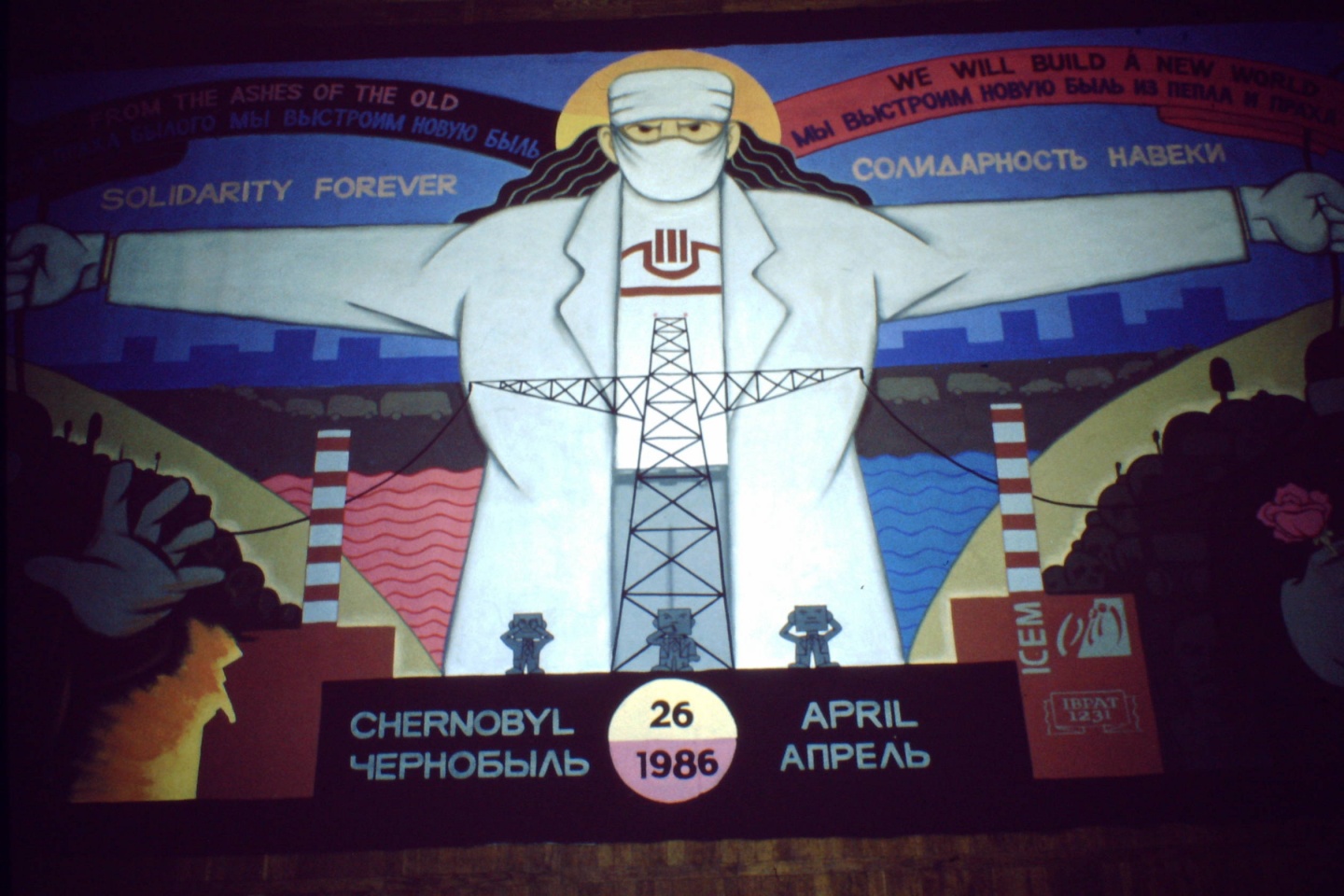25 April, 2016As we commemorate the Chernobyl nuclear disaster 30 years ago, we remember all the deaths and illnesses caused by radiation, but also those thousands of workers who needed Just Transition as the power plant closed down.
In the night of 26 April 1986, hell broke loose at the Chernobyl nuclear power plant in Ukraine.
As a result of a security test that went terribly wrong, an explosion and fire in reactor 4 spread radioactive particles in the neighbouring areas and, with the winds, all over Europe.
Many of the rescue workers died or got serious, permanent health problems. Experts are still not sure how many cancer cases were caused by radiation; hundreds of thousands of people, possibly millions, have had their health affected by the Chernobyl disaster.
The nearby town of Pripyat where 40,000 people, including the power plant workers and their families, lived happily was fully evacuated. Today trees grow through the streets and buildings. Nature has completely taken over the ghost town.
Instead, 50 kilometres from Chernobyl, a new town called Slavutich was built. It was a joint effort by architects and construction workers from different states of the ex-Soviet Union. Slavutich became an amusing combination of styles from Estonia to Georgia to Kazakhstan.
In 1993, the Ukrainian nuclear workers’ union Atomprofspilka joined ICEM, one of the founding organizations of IndustriALL Global Union. I became ICEM’s energy industry director soon after that. That is how I, together with my colleagues, got to work with our Ukrainian union.
It was a challenging task to convince our Ukrainian union leaders that the remaining reactors of the Chernobyl power plant needed to be closed down. The technology was not safe. Chernobyl had been a flagship, with good salaries and conditions for workers and their families. It was difficult, especially for the local leaders, to accept that Chernobyl had to be abandoned.
But reactor 4 was leaking despite the concrete sarcophagus built around it. In 1997, the G8 countries agreed to set up the Chernobyl Shelter Fund to construct a safe confinement worth more than US$1 billion. The works have still not been finalized.
Our major union task was to take care of the workers. Reactors 1-3 were shut down one by one in the 1990s at several years’ intervals, which made Just Transition easier. Most of the workers got jobs at other Ukrainian nuclear power plants, which used safer technology.
And finally the Ukrainian parliament adopted a law, which guaranteed an early retirement for thousands of workers. It is not all perfect, because struggling with a financial crisis, the government decided to reduce benefits.
Today 2,500 workers are still active at the power plant, taking care of security and monitoring. The town of Slavutich has grown into a community of 25,000 people, with new microenterprises and new jobs, thanks to active industry policy measures by the authorities.
I visited the Chernobyl nuclear power plant and Slavutich a couple of times in late 1990s. The murals, commissioned by the ICEM from US artist Mike Alewitz in 1996, capture much of the emotion we felt at that time: “From the ashes of the old, we will build a new world – solidarity forever”.
The workers of Chernobyl needed Just Transition after the closure of their power plant. Taking care of the workers, their families and communities will be an important task for the IndustriALL global family also in the upcoming energy transformation following the Paris climate change agreement.
Jyrki Raina
General Secretary




